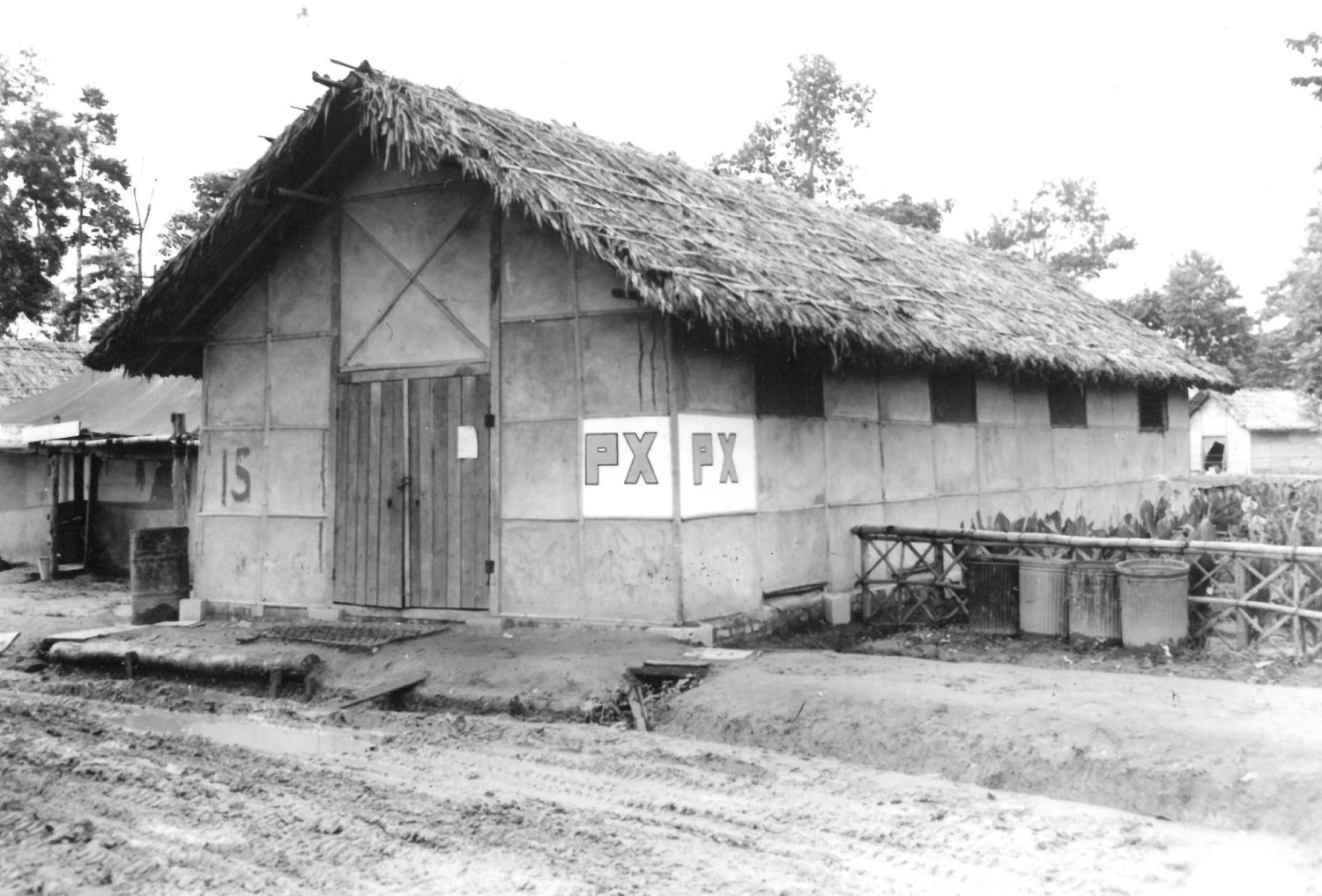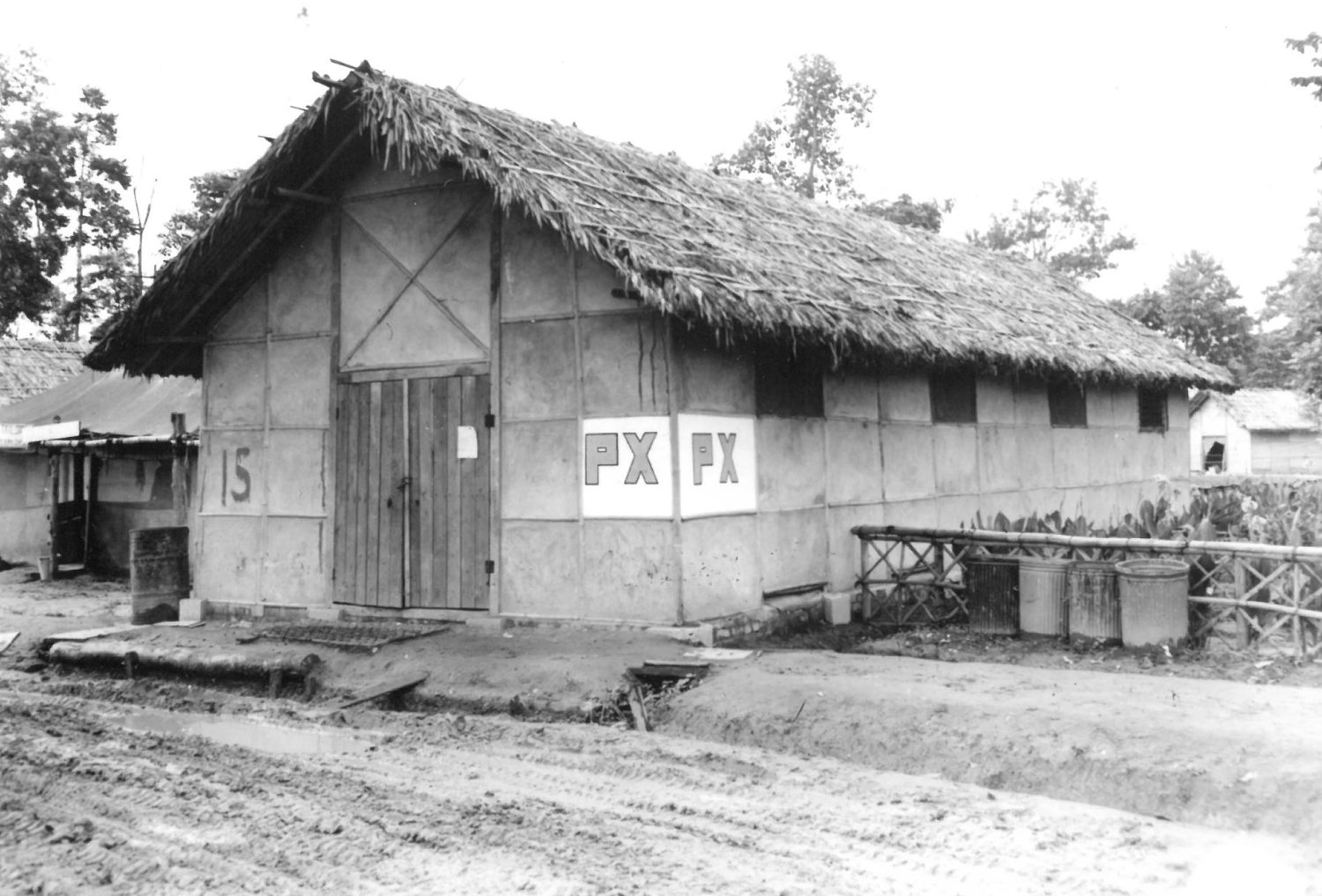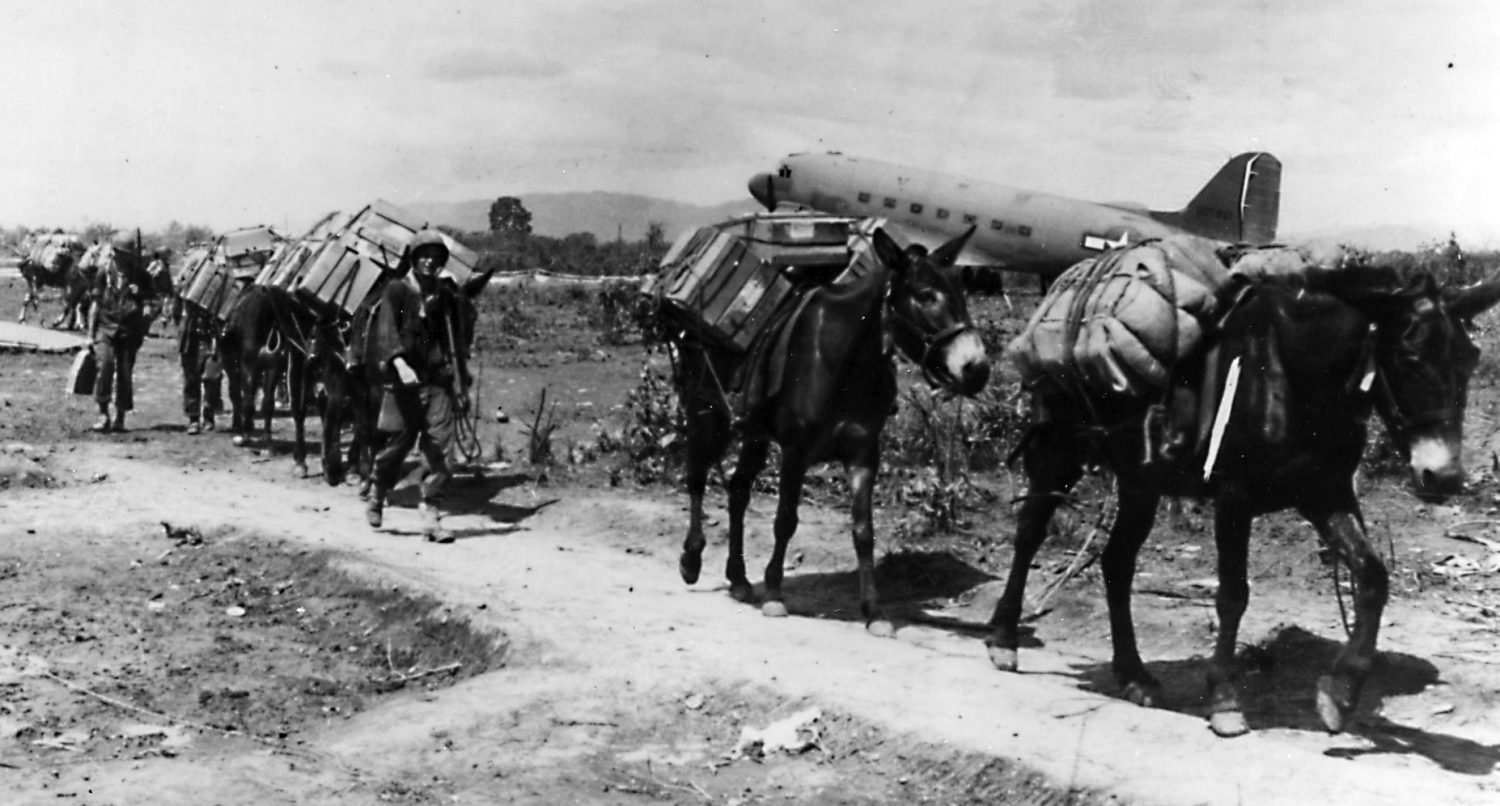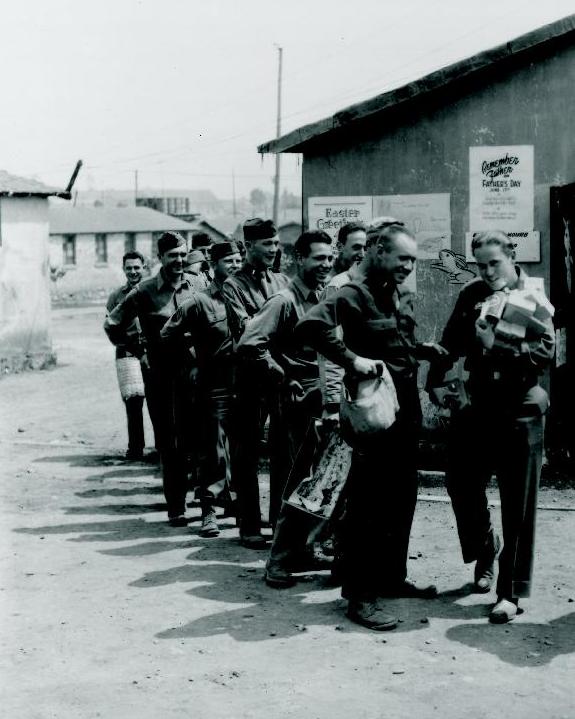Flashback Friday: The Exchange in China, Burma and India During World War II

Months before Pearl Harbor, President Franklin D. Roosevelt established the American Military Mission to China, responding to China’s request for assistance as Japan increased hostilities. Roosevelt approved the mission in July 1941, and the first group of advisors arrived in Chungking (now Chongqing) in October.
On Jan. 31, 1942, with the U.S. now fully involved in World War II, the U.S. Task Force in China was established under Maj. Gen. Joseph W. Stilwell (who was promoted to lieutenant general less than a month later). On Feb. 2, Gen. Stillwell was designated chief of staff of the China Theater.
By March, it was clear that command jurisdiction over the China-Burma-India region needed to expand, and the China-Burma-India theater of operations was established, with headquarters in Chungking. (Burma is now known as Myanmar.)

The PX near a staging area near Margherita, India, where troops could buy supplies while awaiting departure for other locations in India, 1944.
The Services of Supply was tasked to provide all supply and administrative functions in the theater, and on April 23, the Services of Supply, U.S. Army Forces, C.B.I headquarters was established in Karachi, India. The first SOS troops arrived on May 16.
The first substantial shipment of exchange supplies arrived in May 1942—five months before a central exchange headquarters and system were stablished on Oct. 1, 1942. The original headquarters, in Karachi, India, was moved to New Delhi on May 27, 1943. (Karachi became part of Pakistan in 1947.)
“News of the arrival of exchange supplies spread rapidly, and within a few weeks, exchanges had been established and shipments from the warehouse were under way to Chungking, Allahabad, Dinjin, New Delhi, Agra and Khanspur,” according to “History of Service of Supply, China-Burma-India.” Supplies were rationed to spread out the original shipment over 75 days, since it was unclear when additional supplies would arrive.

PX supplies are loaded off a plane and strapped to the backs of mules at the Myitkyina airstrip in Burma, 1944.
Supplying the exchanges was an elaborate process. From one of the main supply depots, supplies had to be unloaded from a train, then loaded onto a ferry, taken across water, unloaded from the ferry, then reloaded onto a train or other ground transportation en route to their destination. Supplies were shipped to China by air; everything for the American and Chinese forces was flown in from India during the war.
Most military and PX supplies were flown in over a treacherous part of the Himalaya mountains known to Army pilots as “The Hump.” Two of the major land routes were the Burma Road and India’s Ledo Road. After the Japanese cut off the Burma Road in 1942, American troops and soldiers from other countries began building the Ledo Road, and were served by a post exchange at the construction site.
In the summer of 1944, the Army Exchange Service arranged with the Coca-Cola Company to have modern equipment shipped to the CBI theater, where the only previous source of soft drinks was from local bottlers whose plants often had poor sanitary conditions. AES then set up soft-drink plants at locations throughout China, India and Burma, with an eye on serving the greatest number of troops. The plants eventually sold 20 million bottles of Coke.

An Army Exchange Service PX in Kunming, China, 1945. Kunming was the main stopping point for military cargo planes flying over “The Hump,” the name given to the Himalayas, from India to deliver badly needed supplies to American and Chinese forces fighting the Japanese.
On Oct. 25, 1944, the CBI Theater was split in two (India-Burma and China). By that time, there were 66 regular branch exchanges in the region and some 300 organizations drawing supplies on an “accounts receivable” basis. AES operations were also split in two. AES in the India-Burma-Theater (AES-IBT) had no control over exchange operations in China, but did provide some personnel to AES-China.
Exchange operations in China, Burma and India ended on May 31, 1946, seven months after Japan surrendered to the U.S.
SOURCES: “One Hundred Years of Service: A History of the Army and Air Force Exchange Service”; Exchange History on Flickr; Exchange Post archives

